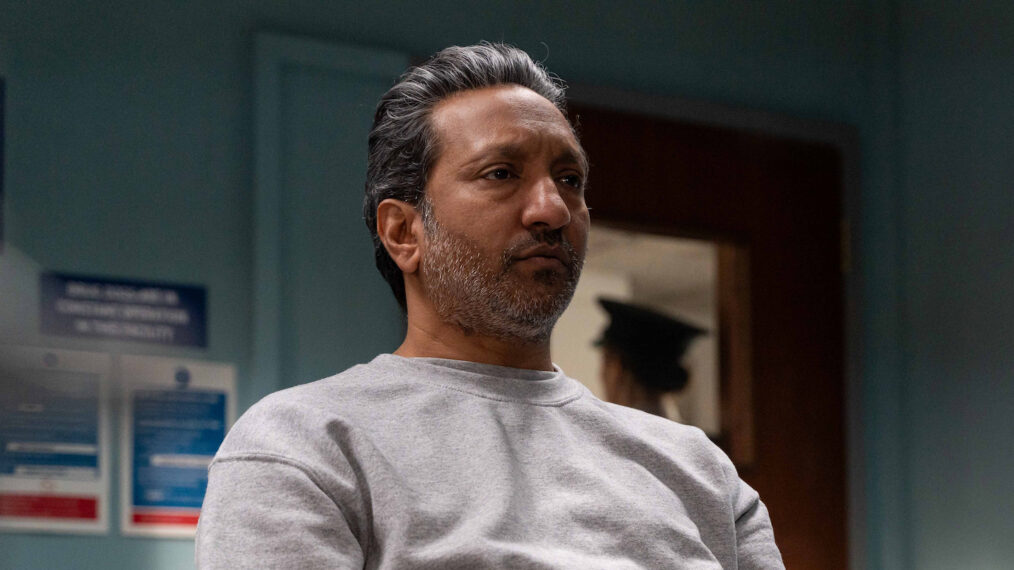In Brief:
- New York created the Court of Claims in 1949 to allow suits against the state
- Handles civil cases involving property, accidents and medical malpractice
- Incarcerated individuals gained right to sue after the 1971 Attica uprising
- Judges often rule against the state despite being governor-appointed
This is the latest in an occasional series of articles explaining the history and scope of the various New York State courts.
In English tradition, the monarch was deemed infallible and cloaked with the “divine right of kings” that shielded him from lawsuits. Since the king could do no wrong, he could not be sued. What would be the point? He’s always right.
The pilgrims brought that (il)logic with them on the Mayflower and New York and other states shrouded themselves with “sovereign immunity”; unless the legislature gave you special permission, you could not sue the state.
Generally, that continued in New York until 1949 when the people of this state amended their constitution and created a below-the-radar court that I consider one of the most intriguing in the state, the Court of Claims. Its jurisdiction is limited to civil cases against the state and some of its entities, such as public universities and medical centers. There are no jurors, so each case is decided by a judge.
The judges are appointed by the governor, yet frequently rule against the state in cases involving a slip-and-fall on state property, an accident on a state highway that the state knew or should have known was unsafe, a mishap at a state-owned ski resort on an obviously hazardous trail, an unjust conviction, or medical malpractice at a state-owned hospital.
Additionally, if the state bisects your farm or appropriates part of your yard for a road project and you don’t think they paid what it’s worth, the Court of Claims is the place you go for relief. But it was a long time coming.
Sovereign immunity ruled the roost from New York’s first days as a colony until after it became a state in 1788. That began to change with the building of the Erie Canal and the Canal Act of 1817, which facilitated property owners to directly bring a case against the state to obtain fair compensation for the taking of their land.
Still, it was awfully difficult or impossible to sue the state until 1949 when the Court of Claims was enshrined in the constitution. Today, it’s a very busy court and typically about 1,500 suits are brought in the court each year, a workload spread among 27 judges hearing cases in nine geographic locations across the state.
Many of the cases that come to the Court of Claims today involve incarcerated individuals, who secured the right to bring a direct action against the state in the wake of the horrific uprising at Attica in 1971.
The state, through its Department of Corrections and Community Supervision, has a legal and moral obligation to treat the people in its custody fairly and humanely, even if they committed the most heinous crime you can imagine. New York must ensure that the people in its custody are housed in a safe environment, offered nutritious food and appropriate clothing and, if assigned to a work detail, provided with standard safety equipment such as goggles to protect them from injury. It’s the Court of Claims that holds the state accountable.
Incarcerated individuals can also sue for what’s called “wrongful confinement.” Although the Court of Claims does not have the power to set someone free or overturn their conviction, it can award damages to someone who was wrongly imprisoned.
It’s not easy to win case for wrongful confinement, and the standard of proof is relatively high; the individual must prove their case by “clear and convincing evidence” not just the “preponderance of evidence” usually needed to win a civil suit. And it’s not enough to prove that a mistake was made and an innocent person went to prison. The claimant usually has to prove egregious misconduct or extreme negligence to prevail. However, it does happen and over the past few decades the state has paid hundreds of millions of dollars to wrongly incarcerated individuals.
One might think that judges who are on the state payroll and who were appointed by the governor and confirmed by the Senate might be reluctant to rule against the state and essentially bite the hand that feeds them. But it happens all the time. The judges’ allegiance is to the law and the facts, and they take that responsibility very seriously. Although their judicial ancestors may have thought the government was infallible, the men and women who serve on the Court of Claims most assuredly do not and will not hesitate to hold the state liable.
In my next column, I’ll explore the courts that are often closest to the people: town, city, county, district and housing.
Gail Prudenti is the former chief administrative judge of the courts of the State of New York; former presiding justice of the Appellate Department, Second Division; and the former dean of Maurice A. Deane School of Law at Hofstra University. She currently serves as partner at Burner Prudenti Law, P.C.






















![[Spoiler] Evicted in Season 27, Week 7 [Spoiler] Evicted in Season 27, Week 7](https://tvline.com/wp-content/uploads/2025/08/big-brother-live-eviction-week-7.png?w=650)







































![Central Cee – No Introduction [Music Video] Central Cee – No Introduction [Music Video]](https://i.ytimg.com/vi/W4Gw9CIJDOU/maxresdefault.jpg)
















